Elon Musk’s dream and ultimate goal of establishing a permanent human presence on the Red Planet in the form of “A City on Mars” took a gigantic step forward with the game changing rocket landing and recovery technology vividly demonstrated by his firm’s Falcon 9 booster this past Monday, Dec. 21 – following a successful blastoff from the Florida space coast just minutes earlier on the first SpaceX launch since a catastrophic mid-air calamity six months ago.
“I think this was a critical step along the way towards being able to establish a city on Mars,” said SpaceX billionaire founder and CEO Elon Musk at a media telecon shortly after Monday night’s (Dec. 21) launch and upright landing of the Falcon 9 rockets first stage on Cape Canaveral Air Force Station, Fla.
“[The landing] and reusability dramatically improves my confidence that a city on Mars is possible. That’s what all this is about.”
Although the primary goal of the Dec. 21 ‘Return to Flight’ launch was carrying a constellation of 11 ORBCOMM OG2 commercial communications satellites to low Earth orbit, the secondary goal of safely soft landing the Falcon 9 rocket vertically and recovering the first stage for eventual reuse is what made headlines worldwide and sparks belief in enabling Musk’s vision concerning sending people to Mars in the not too distant future.
“I think this bodes very well for the future,” Musk stated with respect to one day colonizing Mars with human “cities.”
“This is really amazing for SpaceX and the future of launch. As far as we can see right now the mission was absolutely perfect.”
Video caption: Compilation of 4 Mobius camera videos from the Falcon 9 Orbcomm-2 launch on December 21, 2015. Credit: Jeff Seibert/AmericaSpace
Musk’s vision of radically slashing the costs of launching people and payloads to space by recovering and reflying rockets – built individually at great expense – rather than completely discarding them after a single use, marked a history making achievement when the first stage of the SpaceX Falcon 9 landed upright and intact barely 10 minutes after it departed Earth on Dec 21.
“I think quite vital to that goal is reusability of an orbit class rocket. It’s really fundamental to that goal, without which it would be unaffordable.”
See the dramatic landing in this SpaceX video taken from a nearby helicopter:
How much money can be saved by recovering and reusing orbit class rockets?
“It would be the difference between something costing less than one percent of what it would be otherwise,” Musk elaborated at the media telecon.
“It makes all the difference in the world. It’s absolutely fundamental,” Musk noted.
“And I think it really quite dramatically improves my confidence that a city on Mars is possible.
“You know, that’s what all this is about.”
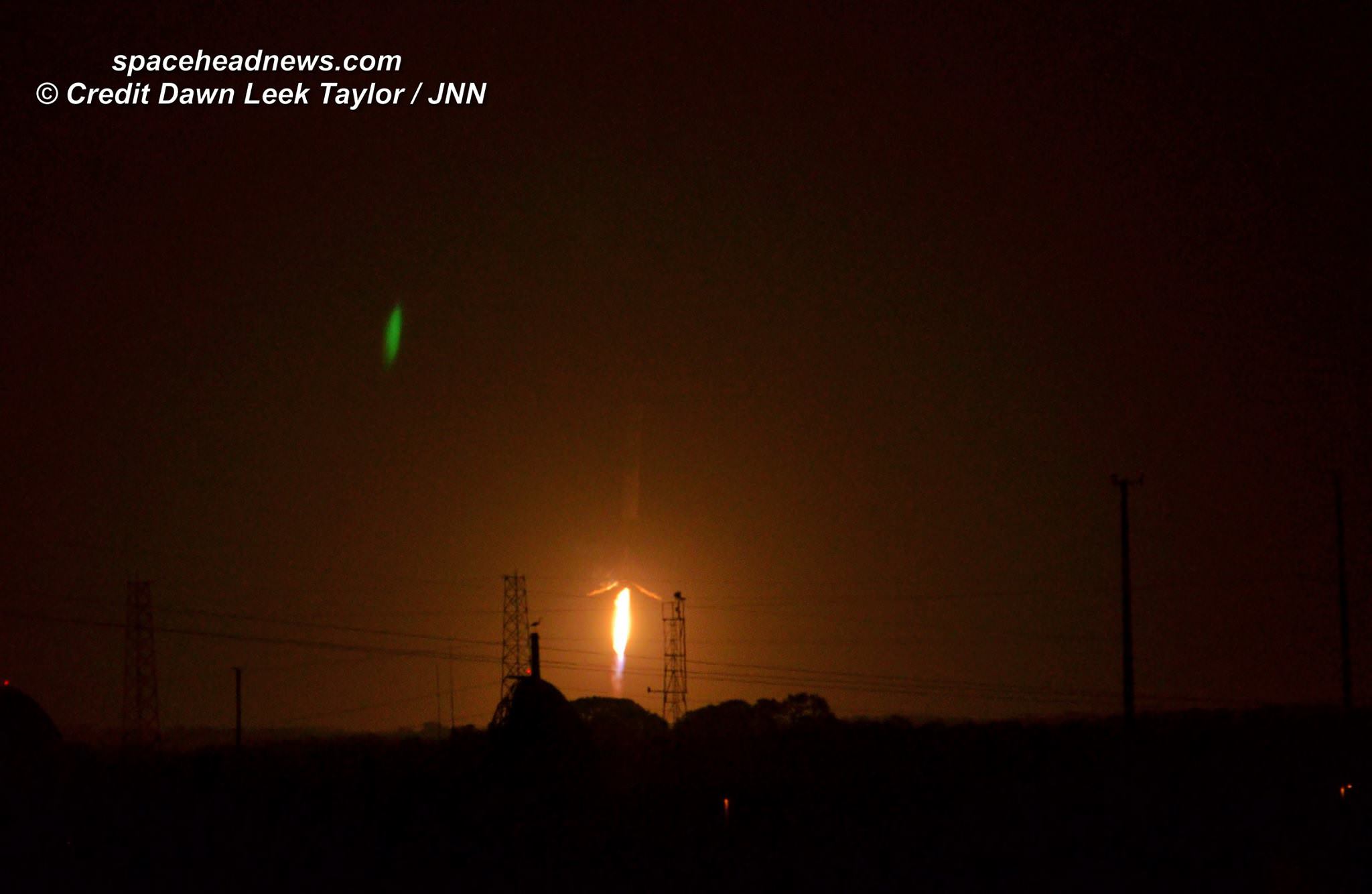
The vertical landing of the fully intact Falcon 9 first stage is a historic first step that turns a page on the road to rocket reusability and sending people to the Red Planet more affordably.
It also counts as one of the best Christmas presents ever for space enthusiasts worldwide, longing for decades, since the final Apollo moon landing in 1972, to send people on bold voyages to deep space destinations.
“I do think it’s a revolutionary moment,” Musk added. “No one has ever brought a booster, an orbital-class booster, back intact.”
The Falcon 9 first stage stands 156 feet tall. About 3 minutes into the flight it separated from the upper stage that continued to orbit with the 11 Orbcomm satellites, reignited a Merlin 1D engine and successfully made a propulsive ground landing about 10 minutes later at the SpaceX Landing Zone 1 (LZ-1) complex at the Cape, some six miles south from the launch pad at Space Launch Complex-40 (SLC-40).
“This is something that was actually a useful mission. It delivered 11 satellites to orbit, and then came back and landed. I think that’s perhaps the thing that’s really significant. We achieved the recovery of the rocket in a mission that actually deployed 11 satellites. This is a fundamental step change in technology compared to any other rocket that has ever flown.”

The Falcon 9 is equipped with four landing legs and four grid fins to enable the propulsive landing back on the ground at the Cape, once the first stage separates and relights a Merlin 1D engine.
Two prior attempts to land on a barge came very close with pinpoint approaches to the vessel in the Atlantic Ocean. But the rocket tipped over in the final moments and was destroyed.
The launch and first stage landing, vertically at night, was apparently perfect and came off without a hitch.
“From everything we’ve seen thus far, the mission appears to be perfect,” said Musk.
“The satellites were deployed right on target. And the Falcon 9 booster came back and landed, it looks like, almost dead center in the landing pad. And then the upper stage did a coast and then restarted to prove out the coast and restart capability.”
“So as far as we can see right now the mission was absolutely perfect. We could not have asked for a better mission or a better day.”
The Dec 21 rocket recovery is a stepping stone on the path to economical rocket reusability.
How often will SpaceX recover the rocket?
“I think that we’re going to get quite a few rockets back, so I imagine we’re going to have a whole fleet of booster rockets accumulating quite rapidly because we’re building them right now at about one every three weeks,” Musk stated.
“Over time we expect to get back over 99% of the rockets. So we will figure out how to make the reuse as easy as possible. So that really no work is required between reuses, apart from refilling the propellant tanks.”
“So it will take us a few years to iron all that out and make sure it all works well.”
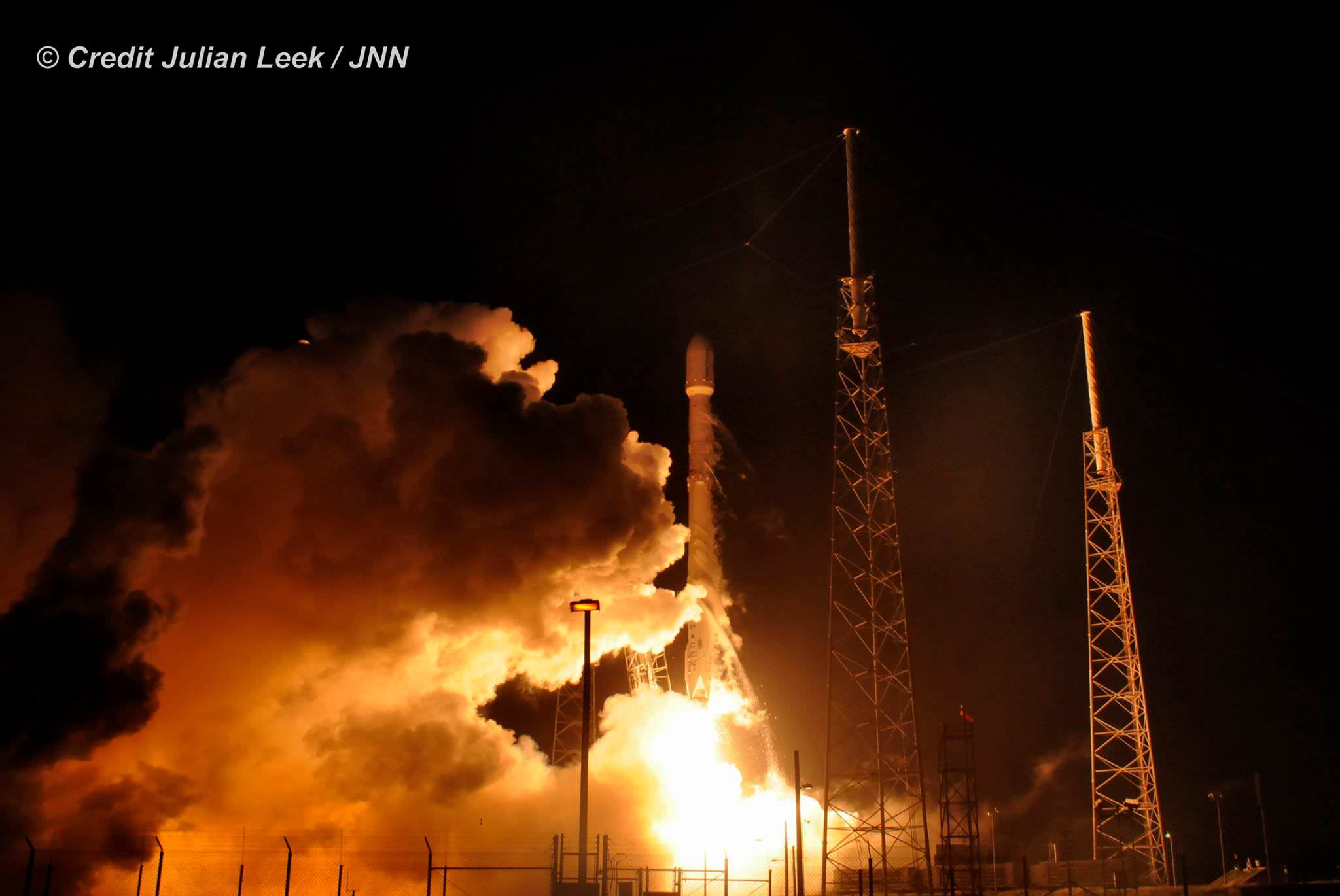
How much does it cost to build the Falcon 9?
“The Falcon rocket costs about $60 million to build,” Musk said. “It’s kind of like a big jet, but the cost of the propellant, which is mostly oxygen and the gases, is only about $200,000. So that means that the potential cost reduction over the long term is probably in excess of a factor of a hundred.”
Video caption: Mobius remote video camera positioned at launch pad showing blastoff of the SpaceX Falcon 9 Orbcomm-2 mission on December 21, 2015. Credit: Ken Kremer/kenkremer.com
All SpaceX launches had ground to an immediate halt this past summer when the commercial two stage Falcon 9 booster carrying a SpaceX cargo Dragon spacecraft heading to the ISS on a critical resupply mission for NASA was unexpectedly destroyed by an overpressure event 139 seconds, after a picture perfect blastoff from Space Launch Complex 40 at Cape Canaveral Air Force Station in Florida on June 28, 2015 at 10:21 a.m. EDT.
The cause of the in-flight breakup was traced to the failure of a critical support strut inside the second stage liquid oxygen tank holding a high pressure helium tank in the Falcon 9 rocket, as the likely cause, Musk revealed during a briefing with reporters on July 20.
Musk and SpaceX are already well along their long desired path to launch people to space – via a NASA contract to build a crewed version of their cargo Dragon. The crew Dragon is slated to blast off on its first orbital test flight in 2017 and transport astronauts to the International Space Station.
SpaceX is also developing the triple barreled Falcon Heavy rocket, a heavy lift booster that can launch much more massive payloads to Earth orbit and beyond.
Mars beckons!
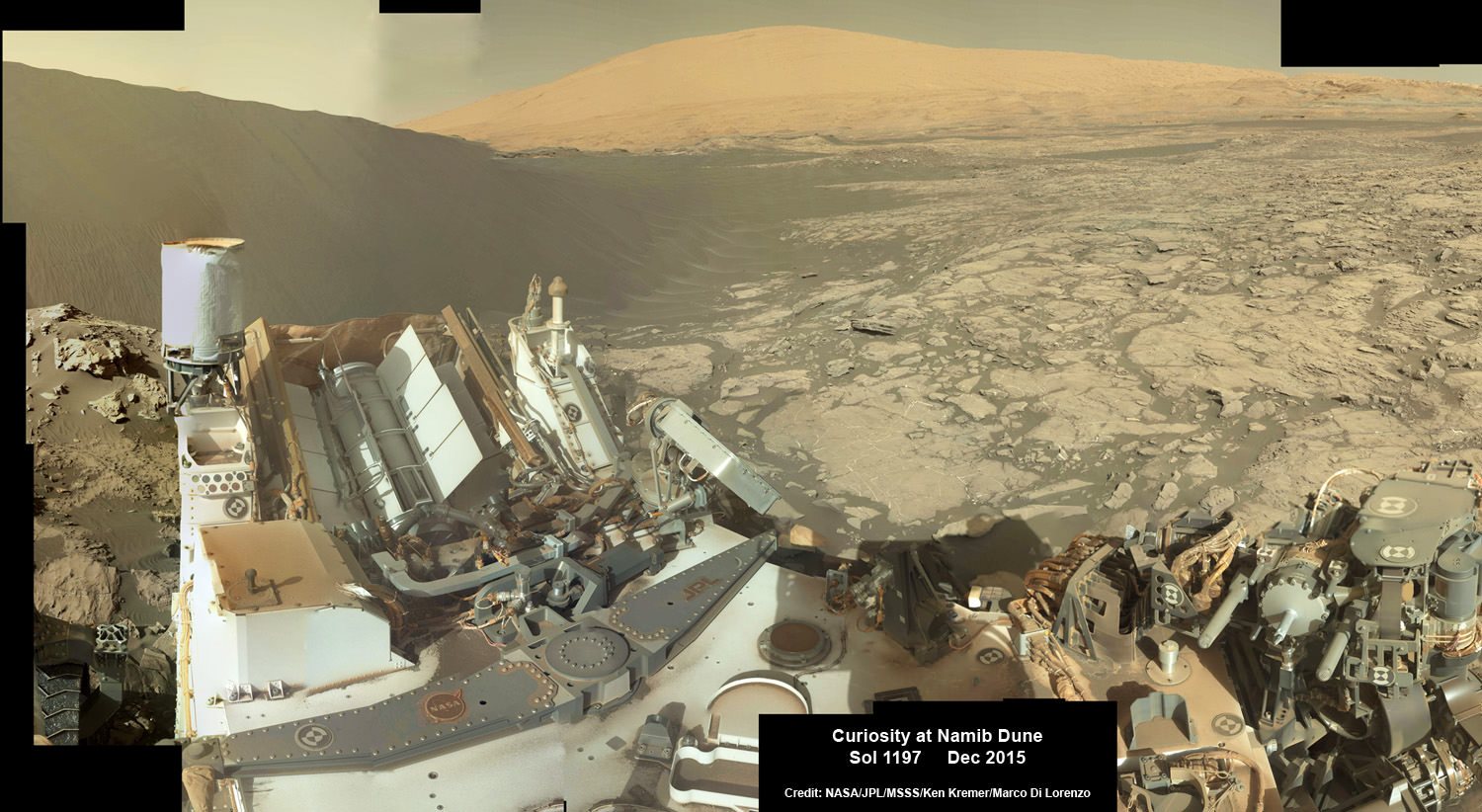
Stay tuned here for Ken’s continuing Earth and planetary science and human spaceflight news.
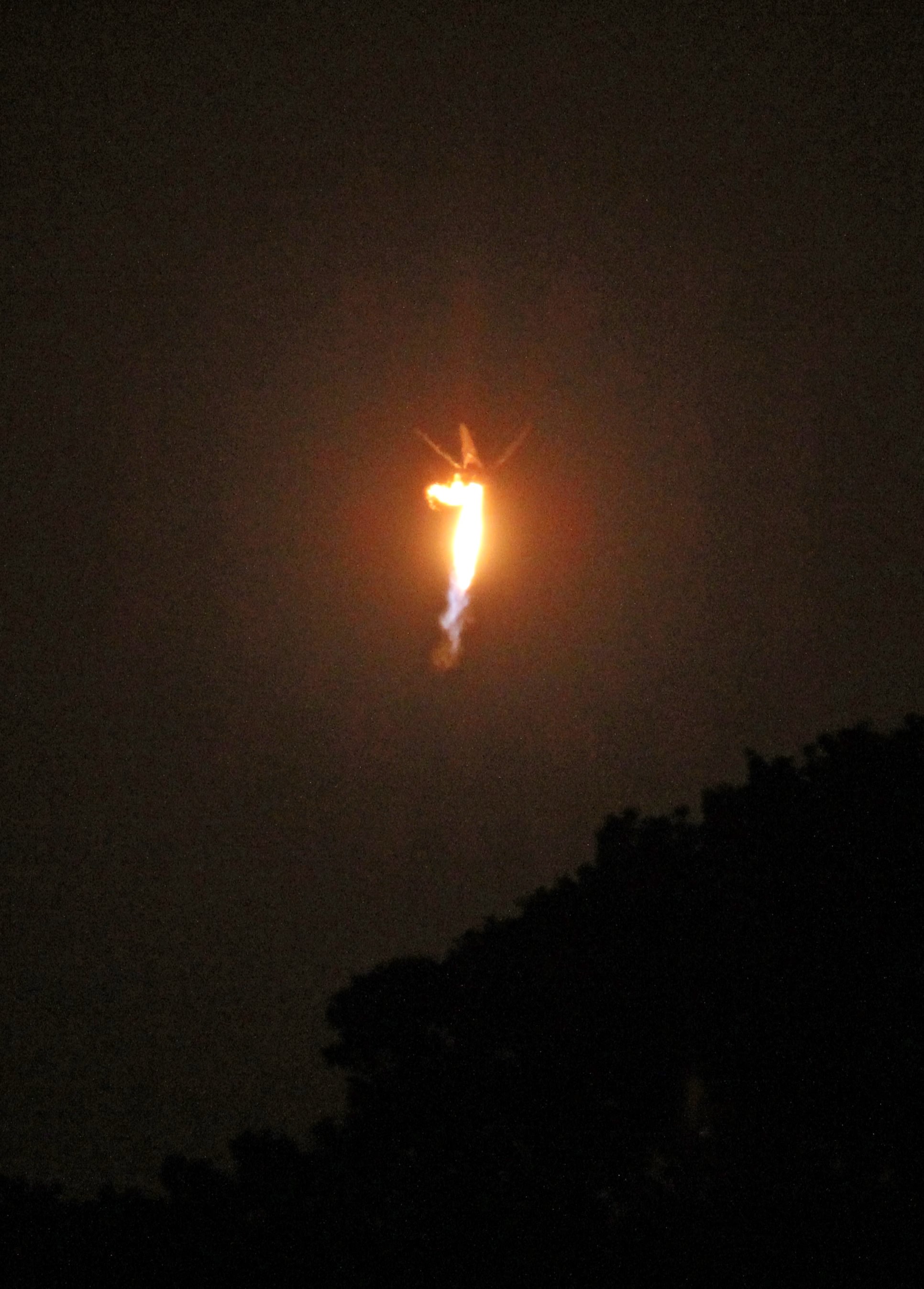
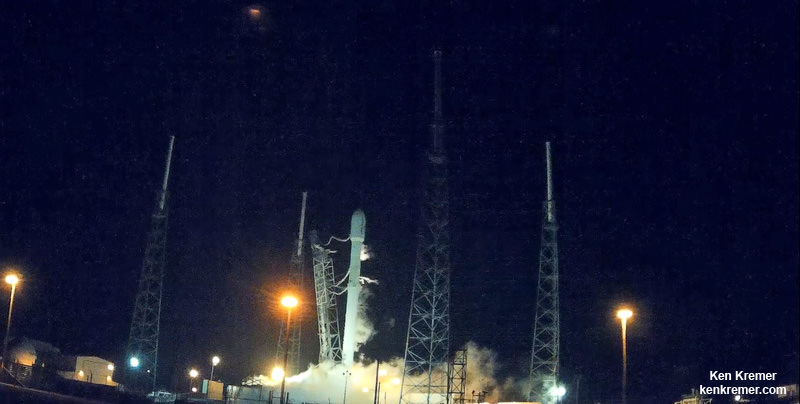

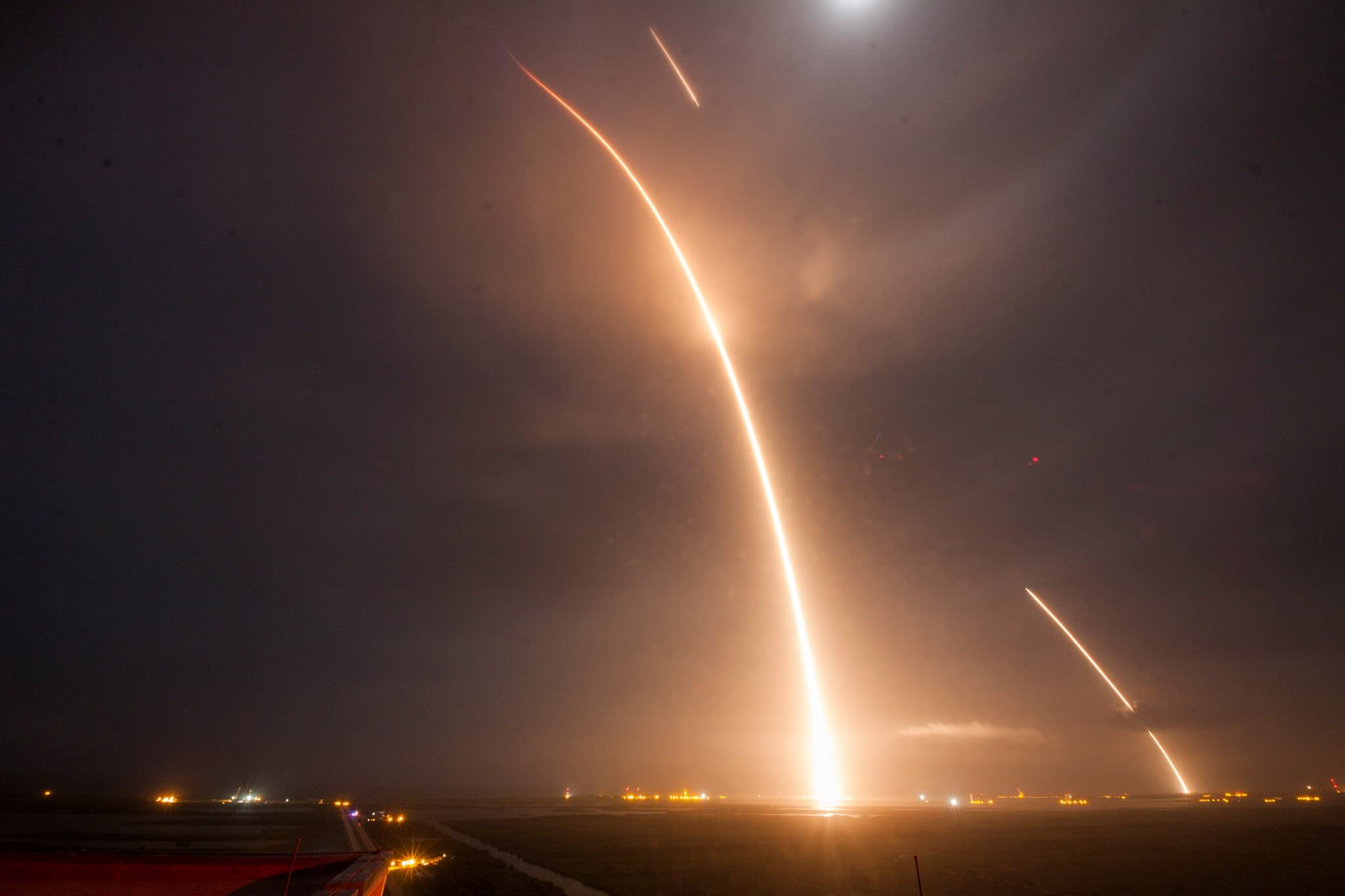
This was clearly an outstanding accomplishment. But I don’t think rockets are the vehicles we should use to get to Mars. In times past, the United States had an intense interest in a very different kind of propulsion system. Here is a very brief peek at: “I Know The Secret Of The Flying Saucers” by Maj. Donald E. Keyhoe, USMC (Ret.) (1966) http://www.nicap.org/iknow.htm :
“With a real all-out effort this could happen a lot sooner than the 10 or 20 years many scientists have in mind. . . .
But AF policy notwithstanding, the drive to get the secret of antigravity is well underway. It can’t be stopped now. But it can be speeded up. We are already spending billions on the space program – on the race to the moon, to Mars. Harnessing gravity could put us years ahead and save us enormous sums of money.
With control of the universe at stake, a crash program is imperative. We produced the A-bomb, under the huge Manhattan Project, in an amazingly short time. The needs, the urgency today are even greater. The Air Force should end UFO secrecy, give the facts to scientists, the public, to Congress. Once the people realize the truth, they would back – even demand – a crash G program. . . . For this is one race we dare not lose. – Maj. Donald E. Keyhoe” (1966)”
See also “Conquest of Gravity Aim of Top Scientists in U.S.”, New York Herald-Tribune, Sunday, November 20, 1955; and https://en.wikipedia.org/wiki/United_States_gravity_control_propulsion_research
Despite all the enthusiasm and sense of urgency in those days, in the mid 1950s all these programs “went dark”. Did they just disappear from public view, or was the actual research stopped?
With field propulsion, trips to Mars could be done in a mere matter of hours.
Really, UFO-men from Mars or Venus? LOL@!
I really believe this guy and his well-picked team of talented people could do this within 10-20 years but the journey takes months and how they plan to get into Mars orbit will be very interesting to know. A Belbruno-Topputo ballistic capture avoids the knife-edges of Hohmann transfer burns or aerobraking plus no need to wait 26 months for conjunctions but the journey would take even longer. If SpaceX can do for ion drives what they’ve done for rockets they may be able to make ballistic capture feasible. Do they have the R&D capability or can they just take some existing VASIMR or HIPEP tech and apply teh Musk magic?
I’m going to say this. I really think building a city on the moon is the first step that should not be skipped. The two living conditions are not too dissimilar. And rescue operations are much more practical with a moon base.
I agree.
I’ll third that notion.
Some people seem to be assuming that because this is a rocket, that that is what we would use to get to Mars. The intent of the rocket is to get whatever vehicle they use into space.
As an earlier comment stated though, I think they are using poor judgment by going to Mars before getting settled on the Moon. We really should be working more intensely on Moon exploration and colonization. With the Moon, it is closer, and there is no huge launch window. The Moon would make a much better place for a space base, because of the extremely low escape velocity, and, not only that, because it is rotating around the Earth, if you needed to launch a mission in nearly any direction, the motion of the Moon would add to the velocity of the rocket you launched from it. Scientists also have said that even though the Moon does not have a great deal of gravity, that it would still be possible to terraform it, and, that terraforming it would be much easier than terraforming Mars.
The Moon has lava caves that could be used as underground space bases. If a Mars mission needed a rescue, they could be waiting on a two-year launch window . . . so if something happens on Mars, they are pretty much SOL. The Moon does not have that problem. Thinking long-term, we could make much better use of the Moon for our space travel ambitions than we could Mars. That does not mean I oppose settling Mars, I just think that the Moon should have higher priority.
While returning the first stage booster after a launch is a pivotal step in making the launch system reusable, this is only one of many steps required. The first stage constitutes only about 75% of the cost of the rocket and even optimistically can only be reflown a few time (for now). This may, in the next few years, lead to average reduction in SpaceX launch costs of maybe 30%, significant, but not revolutionary. There may develop a “two-tier” system with top-tier using brand new rockets at current costs (and presumably lower risk) and lower-tier benefiting from the lower cost, but with (presumably) higher risk. Hopefully this will open up new markets for all these accumulating used boosters. This will also build confidence in the reuse of the rocket boosters and in 15-20 years lead to a fully reusable launch system.